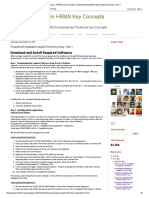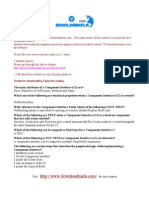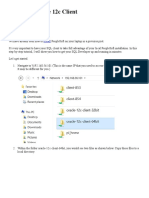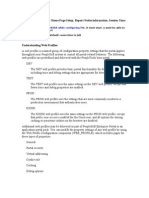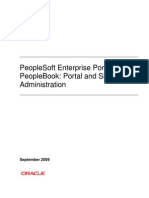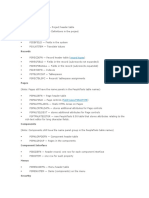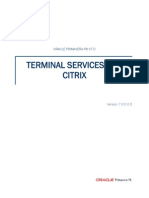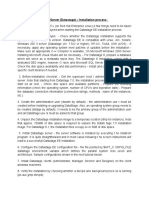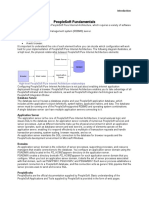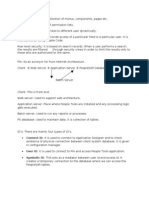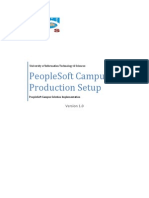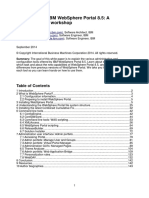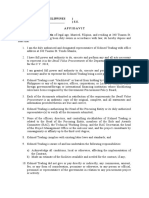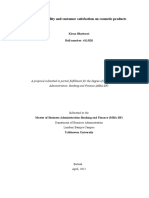0% found this document useful (0 votes)
282 views9 pagesPsadmin Domain
The document discusses using PSADMIN to configure and manage PeopleSoft application, web, and process scheduler domains. It provides information on creating domains, starting and stopping domain processes, checking domain status, and purging domain caches. Configuration options for application server processes, PIA web domains, and search servers are also summarized.
Uploaded by
Abhishek AroraCopyright
© © All Rights Reserved
We take content rights seriously. If you suspect this is your content, claim it here.
Available Formats
Download as DOCX, PDF, TXT or read online on Scribd
0% found this document useful (0 votes)
282 views9 pagesPsadmin Domain
The document discusses using PSADMIN to configure and manage PeopleSoft application, web, and process scheduler domains. It provides information on creating domains, starting and stopping domain processes, checking domain status, and purging domain caches. Configuration options for application server processes, PIA web domains, and search servers are also summarized.
Uploaded by
Abhishek AroraCopyright
© © All Rights Reserved
We take content rights seriously. If you suspect this is your content, claim it here.
Available Formats
Download as DOCX, PDF, TXT or read online on Scribd
/ 9









